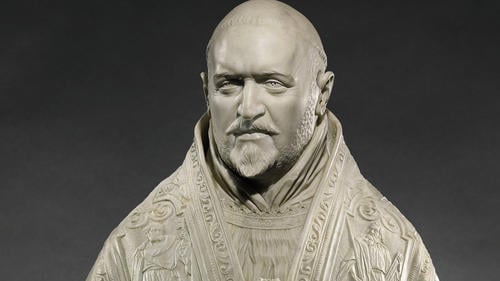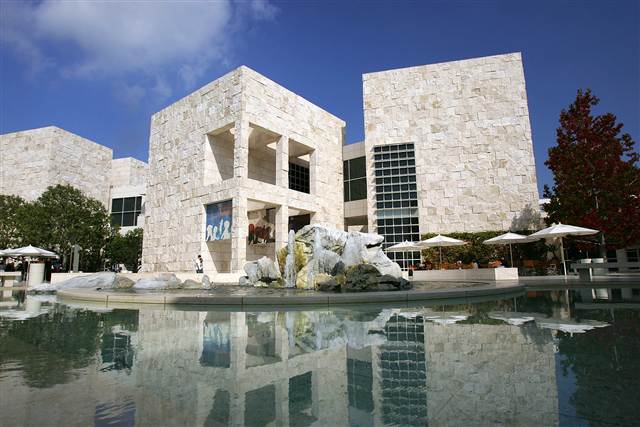Art & Exhibitions
Getty Museum Acquires Long-Lost Bernini Bust


Sarah Cascone


Gian Lorenzo Bernini, Bust of Pope Paul V (1621).
Photo: J. Paul Getty Museum.
The J. Paul Getty Museum‘s newest acquisition is a marble bust of Pope Paul V (1621) by Gian Lorenzo Bernini that art historians had long believed was lost.
The two-and-a-half foot tall Bust of Pope Paul V was carved from a single block of marble when Bernini was just 23 years old. It is thought to be his first depiction of a pope—an important career milestone for the young Italian artist.
The sculpture was commissioned by the pope’s nephew, Cardinal Scipione Borghese, but the family eventually lost track of the piece, misidentifying it as an Allesandro Algardi when they sold it at auction in 1893.

Sebastiani Sebastiani, Bust of Pope Paul V after Benini (1621).
Photo: Daderot via Wikimedia Commons.
Though it was quietly reattributed to Bernini in 1916, the bust has been out of public view for a hundred years, and has only been known through a contemporaneous bronze version by Sebastiano Sebastiani, now at the Statens Museum for Kunst in Copenhagen. The bronze journeyed to the Getty in 2008 for the exhibition “Bernini and the Birth of Baroque Portrait Sculpture.”
The Getty purchased the sculpture, which recently resurfaced in a private collection, from Sotheby’s in a private sale for what director Timothy Potts described to the Los Angeles Times as “a significant amount.”
A terracotta sculpture attributed to Bernini fetched £2.1 million ($3.3 million) at a Sotheby’s London auction in 2002. Early works by the Baroque master such as Bust of Pope Paul V are particularly prized, as he likely completed the piece without the help of assistants.
Bernini’s major commissions for the Catholic church include the recently-cleaned St Peter’s Colonnade (1656–1673) in St. Peter’s Square. His father Pietro was also a sculptor, but in recent years, tourists have been less kind to his iconic La Barcaccia fountain, at the foot of the Spanish Steps, which was damaged earlier this year by rowdy Dutch soccer fans.

The Getty Museum’s East Pavilion, home to its Italian Baroque gallery.
Photo: David McNew, courtesy Getty Images.
In a statement, Potts described Bernini as “the towering genius of his age,” noting “that such a famous and important work by his hand should be rediscovered and become acquirable by a museum today is an extremely rare and remarkable event.”
Anne-Lise Desmas, the Getty’s head of sculpture and decorative arts went on to praise “Bernini’s precocious mastery,” saying that beyond the statue’s “extraordinary naturalism, the sculpture manages to combine a gravitas appropriate to the Pope’s status with an air of kindness and approachability.”
The bust is currently on display in the Getty’s Italian Baroque gallery.